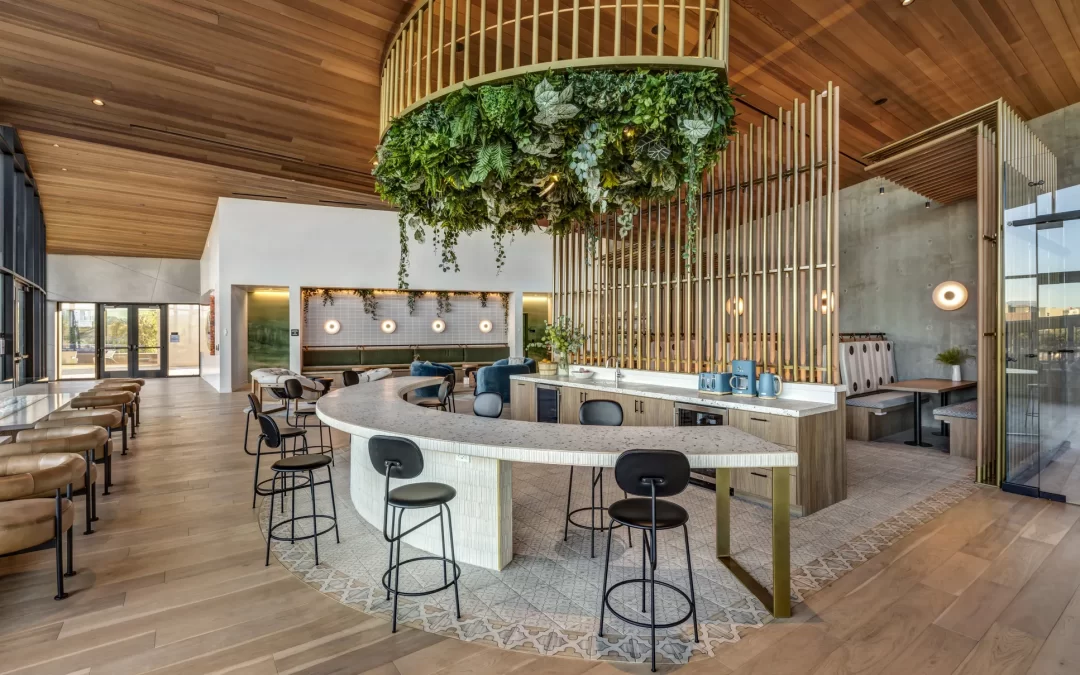Interactive Guestroom Features: Elevating Hospitality for the Modern Traveler
In the rapidly evolving landscape of hospitality, guest expectations continually push boundaries, demanding innovative solutions that merge technology with convenience. A cornerstone of this evolution is the advent of interactive guestroom features. As an expert in architecture and interior design specializing in hospitality, understanding and implementing these features effectively can significantly elevate the guest experience, ultimately driving brand loyalty and satisfaction.
The Significance of Interactive Guestroom Features
At its core, the purpose of interactive guestroom features is to personalize and streamline the guest experience. Modern travelers expect seamless technology integration that not only accommodates but anticipates their needs. From controlling room ambiance with a fingertip to accessing personalized entertainment and concierge services, these features transform the guestroom into a responsive sanctuary.
Essential Interactive Features
The key to successful interactive guestroom design lies in the thoughtful selection and integration of technology that enhances comfort, utility, and accessibility while maintaining the aesthetics of the space. Key features include:
- Smart Room Controls: Guests can adjust lighting, temperature, and window shades via a centralized control panel or personal devices. This customization enables them to tailor their environment according to personal preferences or moods.
- Voice-Activated Services: Integrating AI-powered devices like smart speakers allows guests to request services, control room elements, or obtain information hands-free, enhancing convenience and accessibility.
- Personalized Entertainment Systems: With streaming services integrated into in-room TVs, guests can access their personal content libraries, offering a sense of familiarity and comfort.
- Mobile Key Access: Mobile key solutions enable guests to bypass traditional check-in processes, offering a seamless entry to their room via smartphones.
- Automated Check-In/Out: Digital kiosks and apps provide streamlined check-in and check-out processes, reducing waiting times and enhancing the guest’s arrival experience.
Designing for Interactivity and Aesthetic
While technology is paramount, it must be intertwined with design to ensure that functionality complements the room’s aesthetic. Striking this balance involves:
- Integrated Technology: Devices and controls should blend seamlessly with the room’s design. Concealing hardware or using aesthetically pleasing devices can prevent the space from feeling cluttered or overly industrial.
- User-Friendly Interfaces: Design intuitive technology interfaces that cater to all levels of tech-savvy guests. Simplicity and clarity in navigation encourage usage and enhance satisfaction.
- Flexible Layouts: Adapt room layouts to accommodate new features without compromising on traditional comforts. Modular furniture can offer versatility in how spaces are used.
Enhancing Brand Experience Through Interactivity
Interactive features not only enhance guest satisfaction but also provide an opportunity for hospitality brands to reinforce their identity and values:
- Customization Opportunities: Hotels can offer custom settings or packages based on guest preferences, allowing them to create a unique experience that aligns with the brand promise.
- Data-Driven Personalization: Utilizing guest data responsibly can help in curating more personalized experiences that anticipate and fulfill guest desires, ultimately enhancing loyalty.
- Sustainability Messaging: Integrating energy-saving smart technology reflects a commitment to sustainability, resonating with environmentally conscious travelers.
Implementing Interactive Features: Challenges and Considerations
Successful implementation requires careful planning and consideration of potential challenges:
- Privacy and Security: Ensuring guest data remains private and secure is paramount. Robust cybersecurity measures must be in place to protect personal information.
- Technology Compatibility: Select systems that are compatible with other technologies and can be updated easily, ensuring long-term viability and minimal disruption.
- Cost Considerations: Balancing investment costs with the expected return on experience and satisfaction is critical. Phased implementation can help manage budgets.
Real-World Example: Interactive Guestroom Success
Consider a luxury hotel in Tokyo that has successfully integrated interactive features. By utilizing a tablet in each room, guests can control lights, temperature, and ordering services all while watching a personalized greeting video upon arrival. The hotel also offers a virtual concierge accessible through voice commands, enhancing the sense of luxury and exclusivity.
Conclusion
The integration of interactive guestroom features is not merely about keeping pace with the digital age, but about enhancing the guest experience in a meaningful, memorable way. For hospitality brands, these innovations provide a powerful means to differentiate their offerings, personalize service, and build enduring relationships with new-generation travelers. By aligning these features with brand identity and guest expectations, hospitality providers can create spaces that are both technologically advanced and deeply welcoming.



